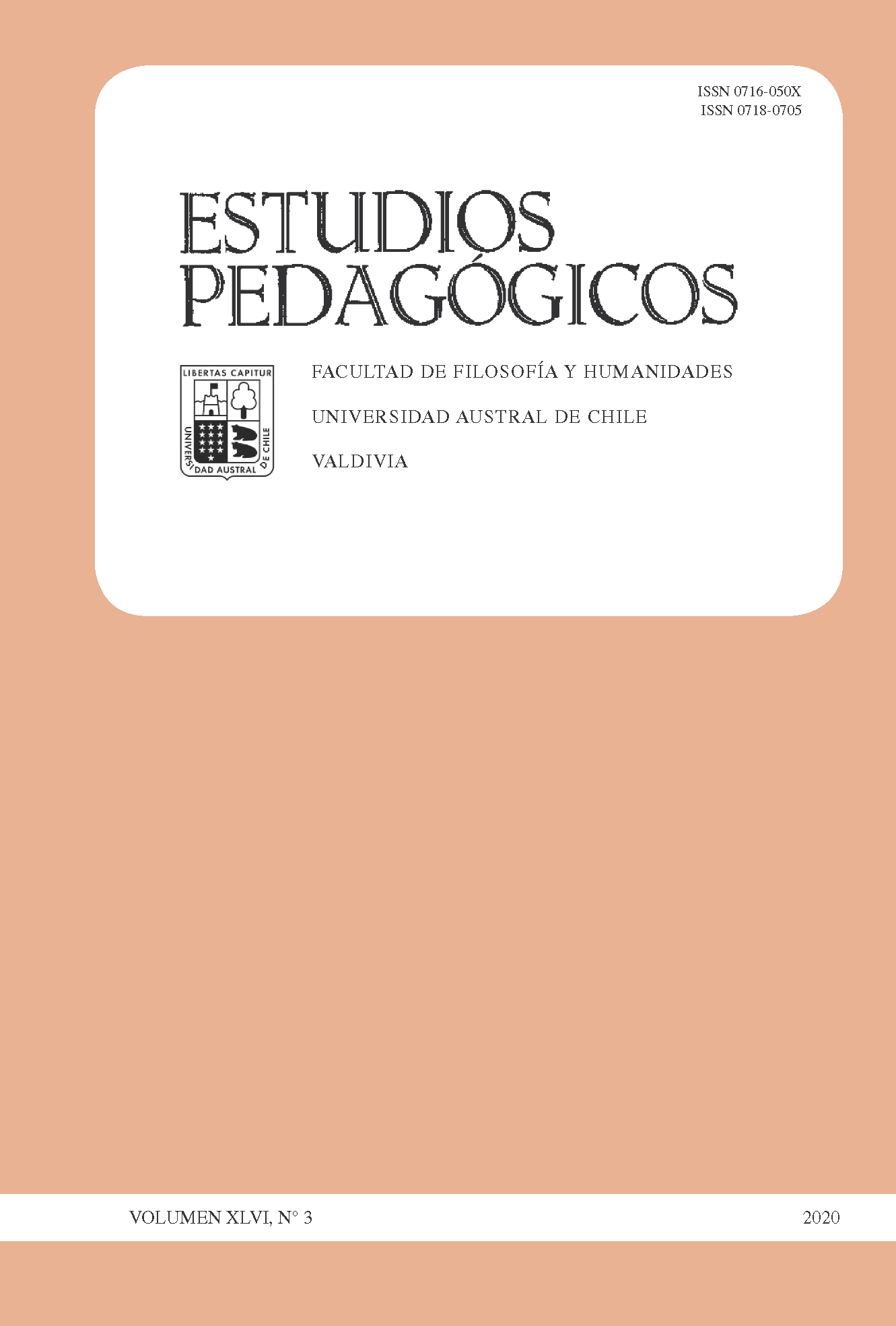The urban EIB in Quito. Social and educational transformations during the global crisis
Main Article Content
Abstract
The document reflects on the indigenous and the urban in the current educational context and makes a brief review of the historical process of the Amawta Rikchari Intercultural Community Educational Unit (UECIB), in the old building of the Salesian congregation of the Catholic Protectorate of Arts and Offices of Quito in 1869. In addition, it places the advances of urban Bilingual Intercultural Education (IBE), the institutionalization in the Metropolitan District of Quito and the significant results of the validity of the educational public policy for urban indigenous people in Quito. The methodology developed consists of the bibliographic review for the elaboration of the conceptual framework together with the documentary and procedural analysis. In temporal matters, the field work was carried out between October 2019 until August 2020. Later, the second stage was carried out during the confinement of Covid-19, through the collection and collaborative work with teachers, students, parents and mothers of families and authorities of the institution using technological resources for qualitative and quantitative description. All this confirms the objectives of indigenous education in Quito, and knowledge of the teaching-learning processes of urban Bilingual Intercultural Education (IBE); the expectations and possibilities of access to higher education for indigenous students and the strategies to dignify the neighborhood space considered highly dangerous and criminal in the city. In the end, the provisions of the Covid-19 Educational Plan and its educational transformations are incorporated for the completion processes of urban indigenous youth belonging to the first class of high school.

